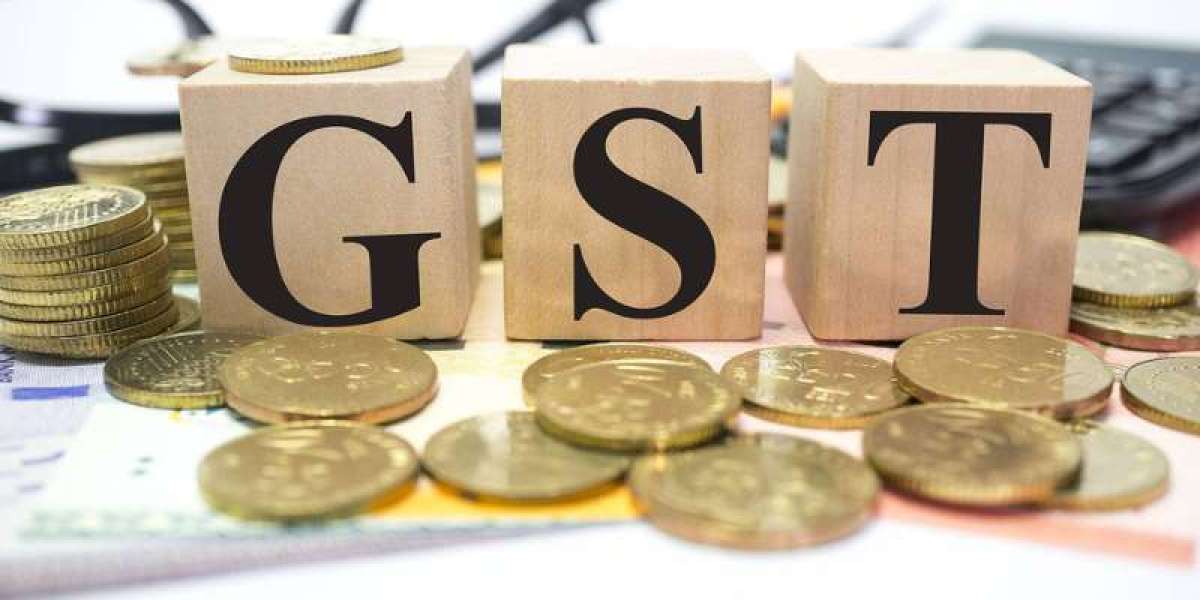The introduction of the Goods and Services Tax (GST) has revolutionized the indirect tax structure in India. Replacing multiple state and central taxes, GST aims to simplify the taxation process and bring consistency across sectors. One such area where GST has made a significant impact is the financial services industry. This sector, encompassing banks, insurance companies, non-banking financial institutions, and investment firms, plays a vital role in the economy. However, due to the intangible nature of financial transactions, the application of GST in this field brings both clarity and complexity. Understanding how GST is levied on various financial services is essential for both providers and consumers, and enrolling in a GST Course in Chennai at FITA Academy can provide deeper insights into these processes.
Definition and Scope of Financial Services under GST
Under GST regulations, financial services include a wide range of activities provided by financial institutions such as lending money, managing investments, issuing credit cards, offering insurance coverage, and facilitating fund transfers. Unlike physical goods, financial services are intangible and often involve layered charges, such as processing fees, maintenance charges, and interest. GST does not apply to the core financial transaction such as the principal amount or interest earned on loans in most cases. Instead, it is levied on the value-added services or any form of consideration charged to the customer, such as fees and commissions.
GST Rate for Financial Services
The GST rate applicable to most financial services is 18 percent. This standard rate is imposed on charges such as account maintenance fees, loan processing charges, credit card annual fees, and fund transfer services. While the rate remains consistent across services, the base on which GST is applied may vary. For example, in the case of life insurance policies that include an investment component, GST is levied at 4.5 percent on the premium during the first year and 2.25 percent on subsequent premiums. However, for pure risk life insurance policies such as term plans, the entire premium amount is taxed at 18 percent. Health insurance and motor insurance policies are also subject to GST at the standard rate of 18 percent, showcasing some of the Features Of GST in financial services.
Input Tax Credit and its Application in Financial Services
One of the key features of GST is the provision of Input Tax Credit (ITC), allowing businesses to claim credit for taxes paid on inputs used to provide taxable services. In the financial services sector, the application of ITC is somewhat limited. Banks and financial institutions are allowed to claim only 50 percent of the eligible input tax credit on inputs, input services, and capital goods. Alternatively, they may choose to claim full ITC but are required to reverse the portion attributable to exempt services. This creates a compliance-intensive environment, requiring proper classification and documentation of taxable and non-taxable services. The limitation exists primarily because many financial institutions provide both taxable and exempt services, making accurate ITC allocation essential.
Place of Supply Rules and Their Importance
In GST, the place of supply determines the type of GST that will be applied—either Central GST (CGST) and State GST (SGST) or Integrated GST (IGST). For financial services, place of supply rules play a crucial role, particularly because financial institutions operate across multiple states and often serve clients located in different jurisdictions. For services provided to registered persons (businesses), the place of supply is the location of the recipient. For unregistered individuals (consumers), it is the location of the recipient’s address on record. In cases such as ATM withdrawals or card usage, the location of the ATM or the service provider may be considered. Services provided to international clients, if meeting the conditions under GST laws, are treated as exports and are zero-rated, meaning no GST is levied, but input credits can be claimed.
GST Implications on Loans and Advances
The treatment of GST in loan and advance services is differentiated. While the interest income earned from extending loans is exempt from GST, associated charges such as processing fees, prepayment penalties, and foreclosure charges are taxable at 18 percent. This means that although the primary transaction involving the disbursement and repayment of a loan remains outside the GST ambit, any additional service offered as part of the loan package will attract tax. This distinction has led to a clearer tax framework but requires institutions to maintain meticulous billing and accounting records to segregate exempt and taxable elements correctly, depending on the types of GST applicable.
Taxation of Credit Card Transactions
Credit card services represent another area within financial services where GST plays a major role. Charges such as annual and joining fees, cash advance fees, and late payment penalties are subject to GST at the standard 18 percent rate. However, the interest charged on outstanding balances, similar to loan interest, is not taxable under GST. Credit card transactions often involve bundled services, leading to complexities in determining the exact taxable amount. Still, the prevailing rule remains that only the fees or consideration received for services rendered are subject to GST, and not the interest or principal value of the transaction.
Challenges in GST Implementation for Financial Services
Despite its unifying approach, the GST framework presents certain challenges for the financial services industry. One major issue is the complex nature of bundled services where multiple financial products are offered together, making it difficult to isolate and tax individual components. Another significant challenge is the high volume of transactions processed daily by financial institutions, each potentially requiring GST compliance. The system also demands regular filing of returns and adherence to intricate rules regarding the place of supply and ITC, which can become burdensome for institutions with a large customer base across multiple locations. Moreover, evolving interpretations of exemptions and rate classifications often lead to legal ambiguities and disputes.
Adapting to Compliance Requirements
To tackle these complexities, financial institutions are increasingly investing in advanced technology and automation tools for GST compliance. Tax engines integrated with enterprise resource planning (ERP) systems help in accurate calculation, filing, and reconciliation. Many institutions also seek guidance from professional tax consultants and conduct regular training sessions for staff to stay updated on changing GST norms. Enrolling in a Training Institute in Chennai can also be beneficial for gaining the necessary expertise. Ensuring that customer invoices are correctly prepared, filing returns on time, and maintaining comprehensive documentation are essential practices for smooth compliance and to avoid penalties.
GST has brought about a paradigm shift in the way financial services are taxed in India. By standardizing tax rates and offering clarity on service classifications, it has simplified the indirect tax structure. However, due to the inherent complexities in financial transactions and the need to comply with multiple GST rules, the sector still faces challenges in implementation. From banking fees to insurance premiums, GST touches almost every facet of financial activity, making it crucial for institutions and customers alike to understand its implications. With continued regulatory updates and increasing use of automation, the financial sector is gradually adapting to this comprehensive tax regime, paving the way for better transparency and efficiency in the years to come.



